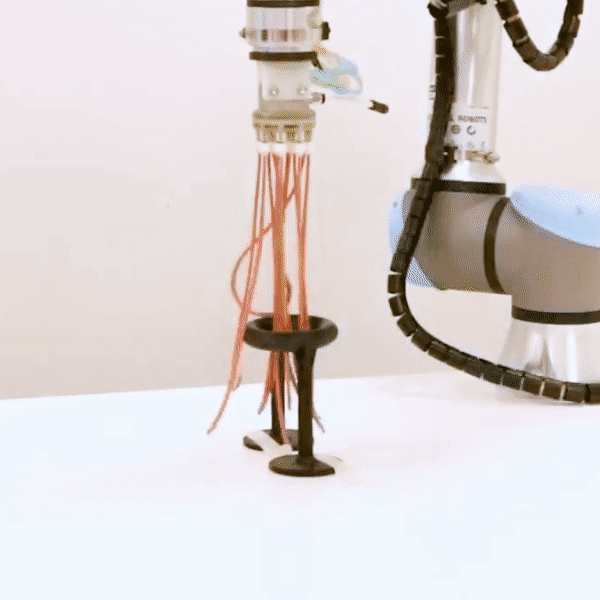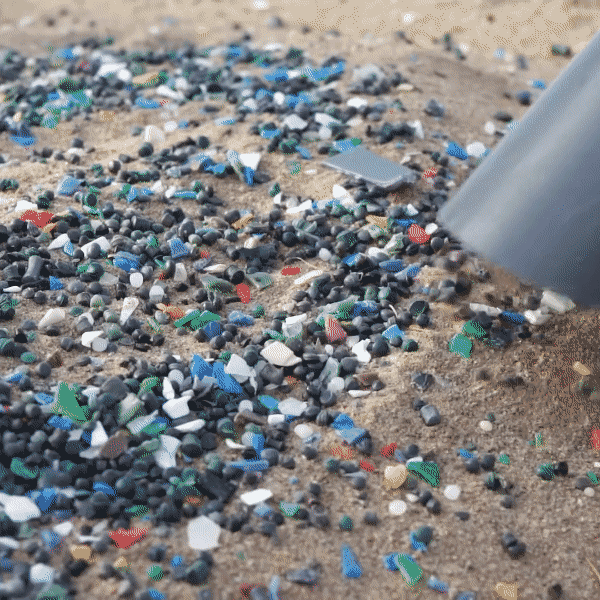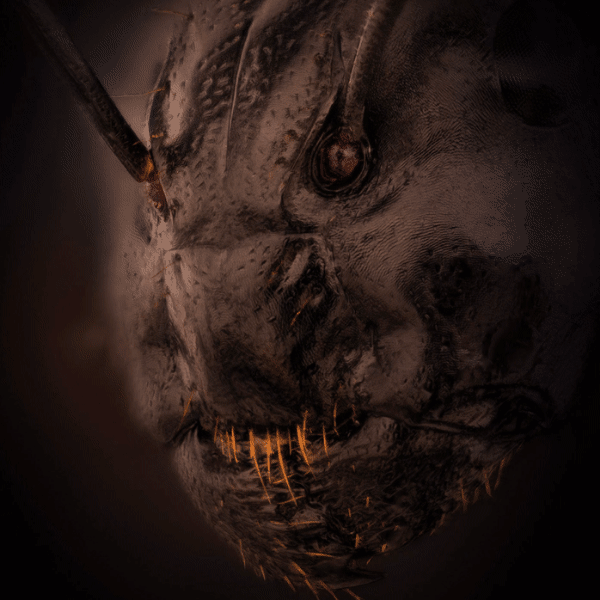By Charles Carter, 28/10/22
Designer and architect Pavels Liepins has developed a suit which decomposes polystyrene and produces edible protein using plastic-eating mealworms kept humid by human breath and body heat.
The Inxects Suit looks to address and raise the profile of food security and plastic pollution challenges through a symbiotic innovation integrating humans and nature.
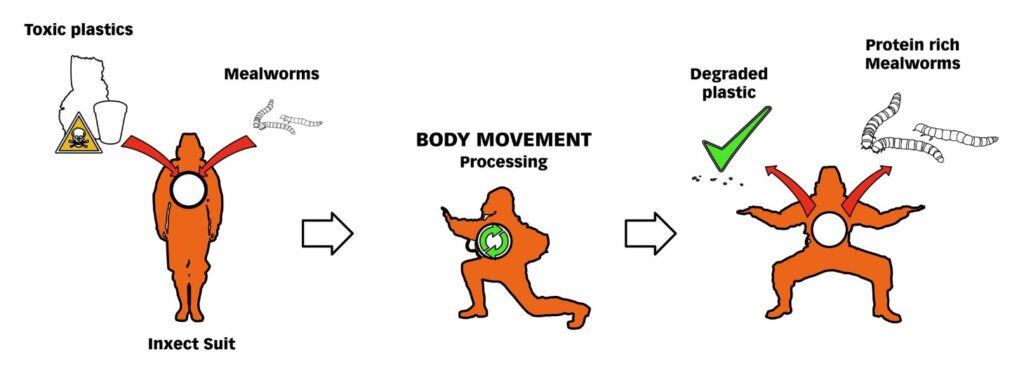
How does it work?
Polystyrene pieces and mealworms are added to a chamber on the front of the suit.
Breathing apparatus and tube attached to the wearer feed air from exhales into the mealworm colony chamber keeping it warm and humid.
The orange part of the suit is made from a PVC lined with sheep’s wool to minimise heat loss.
Warm air heated by the wearer’s body and trapped underneath the suit is also fed into the chamber through a central valve.
The mealworm – the larva of the darkling beetle – eat the polystyrene releasing energy to grow and excrete non-toxic biomaterials that can be used to make fertilizers and biodegradable bioplastics.
The mealworms can then be eaten by the wearer providing a sustainable protein-rich food source.
In 2019, a discovery by researchers at Stanford University showed that mealworms have the ability to eat and digest plastics without storing any toxic components in their bodies.
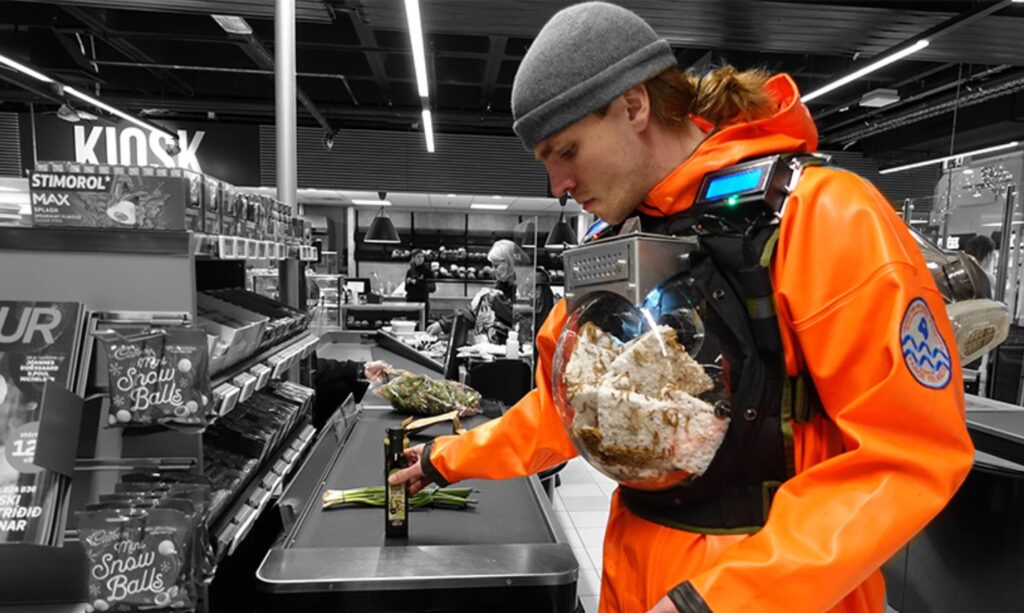
What are the potential benefits?
Protein-rich insects like mealworms could help to provide a sustainable route to feeding a planet of 9.8 billion by 2050, with a lower environmental impact than meat and traditional crops.
Plastic pollution is also a significant problem, with the world now producing more than 270 million tonnes of plastic waste every year.
The Inxect Suit reduces plastic waste at the same time as providing a nutrient-rich eco-friendly protein source to help address food security.
Questions for you. Comment below
- First thought that comes into your head?
- Pros and cons according to you?
- Other applications of this approach?
- What could this be combined with?
Links
https://news.stanford.edu/2019/12/19/mealworms-provide-plastic-solution/
https://www.un.org/en/desa/world-population-projected-reach-98-billion-2050-and-112-billion-2100
https://ourworldindata.org/plastic-pollution

